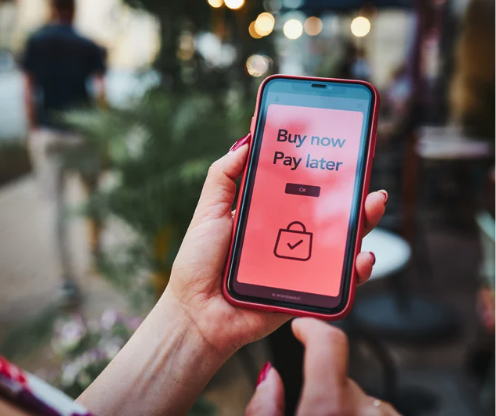What Is a Call to Action? Definition, Importance, and Best Practices for Higher Conversions
If you’ve ever clicked a button that said “Sign Up Now,” “Learn More,” or “Add to Cart,” then you’ve experienced the power of a Call to Action—or CTA—firsthand.
In the world of digital marketing, a well-crafted CTA isn’t just a nice touch—it’s essential. It’s what turns a visitor into a lead, a scroller into a subscriber, and a browser into a buyer. So, let’s break down exactly what a CTA is, why it matters, and how to make yours more effective.
What Is a Call to Action?
A Call to Action (CTA) is a prompt that encourages your audience to take a specific, desired action. It can be a button, link, sentence, or even a pop-up that nudges the user toward a next step—whether that’s downloading a guide, signing up for a free trial, making a purchase, or simply reading more content.
Common examples include:
“Book a Free Call”
“Download the Checklist”
“Get Started”
“Subscribe to Our Newsletter”
It’s not just what you say—it’s where, how, and when you say it that counts.
Why CTAs Matter: The Real Power Behind the Prompt
Here’s the truth: Without a CTA, even the best content can fall flat.
Your audience needs direction. They may love your offer, be intrigued by your content, or admire your brand—but if you don’t tell them what to do next, they’ll likely move on without taking action.
A strong CTA helps:
Guide user behavior through a clear next step.
Boost conversion rates by reducing friction in decision-making.
Improve user experience by making navigation easier.
Align content with business goals like sales, signups, or engagement.
In short, a CTA is the bridge between interest and action.
Best Practices for Creating CTAs That Convert
Let’s get into the good stuff—how to create high-converting CTAs. Whether it’s for an email campaign, landing page, or social ad, these tips apply across platforms.
1. Use Clear, Action-Oriented Language
Keep it simple and specific. Tell the reader exactly what they’ll get and what to do next.
Example: “Download Your Free Guide”
Avoid: “Click Here”
2. Create Urgency (But Don’t Overdo It)
A little FOMO can go a long way. Phrases like “Limited Time,” “Today Only,” or “Before It’s Gone” can spark faster decisions.
3. Make It Visually Stand Out
Design matters. Your CTA button or link should contrast with the rest of the page, be mobile-friendly, and look clickable.
4. Match the CTA to the Customer Journey
Someone reading a blog for the first time might not be ready to “Buy Now,” but they may be open to “Learn More” or “Subscribe for Updates.” Align your CTA with their stage in the journey.
5. Test and Tweak
Great CTAs are rarely “set it and forget it.” A/B test different copy, colors, placements, and even button shapes to see what resonates with your audience.
Pro Tip: One Page, One Primary CTA
Don’t overwhelm your user with five different options. Each page or post should have one primary call to action, with maybe one supporting CTA for visitors not quite ready to commit.
10 High-Performing Call to Action Phrases
“Get Started Today”
Simple, confident, and creates momentum—great for service-based businesses.“Download Your Free [Guide/Checklist/Template]”
Combines value and clarity. Works especially well for lead generation.“Claim Your Spot”
Creates urgency and exclusivity, ideal for webinars or limited-time offers.“Try It Free for 14 Days”
Risk-free offers always perform well—perfect for SaaS or subscription models.“Book Your Free Consultation”
A proven winner for coaches, consultants, and service providers.“Yes! I Want This”
Conversational and enthusiastic—it feels like the user is saying it themselves.“Show Me How”
Perfect for educational content or product demos—curiosity drives clicks.“Get Instant Access”
Fast and satisfying—great for digital products or memberships.“Join Our Community”
Inviting and inclusive—especially strong on social and email list CTAs.“Let’s Build Something Together”
Collaborative and warm—ideal for creative agencies or B2B service providers.
Final Thoughts
A Call to Action may be just a few words—but its impact on your bottom line is massive. When done right, it becomes the nudge your audience needs to take the next step with confidence.
So the next time you're building a landing page or crafting a caption, ask yourself:
What action do I want my audience to take—and how am I helping them take it?
Need help creating scroll-stopping, action-driving CTAs that convert?
Let’s talk strategy.


